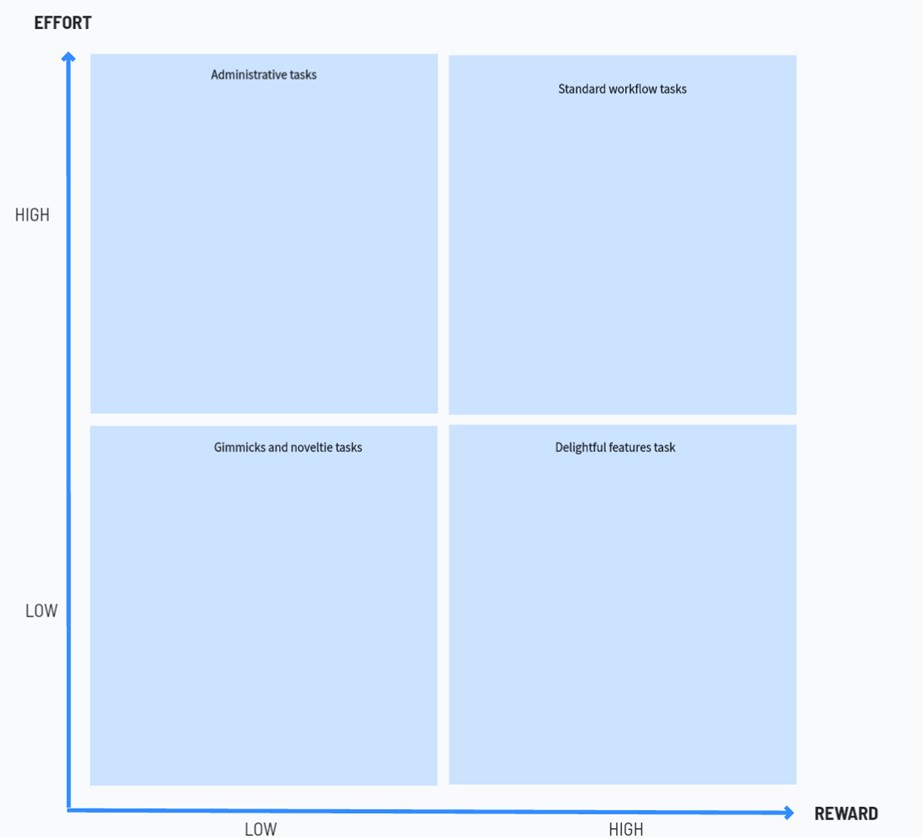You are on the fence. You’ve thought about it, and you can’t force yourself to decide. Perhaps you’ve even developed analysis-paralysis. I can relate. I just agonized over what chewing gum to buy for the last 20 minutes. On the scale of significant to insignificant, that’d be a zero. The following are the coping mechanisms that I’ve developed to handle these situations.
Ben Franklin’s decision making strategy:
I’ve used the following decision making matrix for years. I’m not sure where I picked it up, but I recently listened to Ben Franklin’s autobiography, and discovered that he practiced this method, so the idea is far older than I am.
This works best when there are only two options to choose from, if there are more than two, then you’ll need to use another method.
First of all I try to list out the positives and negatives of the decision, either on a piece of paper with two columns or in an excel document.
Once I have a list of the positives on one side, and negatives on the other, I try to cross out items on each list in such a way that things of matching importance are crossed out together. If one item on the positive side is worth two or three from the negative side, I’ll cross out the four of them together.
The Regret Minimization Framework:
If you are inherently a risk averse individual, you may need the assistance of the Regret Minimization Framework. This framework basically asks you to project what you will be feeling at the end of your life, say at age 80, when you look back over your life. Will you regret not attempting a course of action more than you would pursuing the course of action and it being a failure? Whichever course of action causes greater regret is the route you should NOT pursue.
Giving yourself a Timeline:
You have to give yourself a deadline to make the decision. That means you set a calendar reminder for yourself, and if you haven’t already made the decision by then, you make it that day. If you don’t feel that you can do that yet, then give yourself a deadline to give yourself a deadline.
If you don’t have a timeline, it isn’t going to get done. This is true for things in the short term (because they get pushed to long term), and for projects in the long term (because they get pushed to “never”). Goals, more than anything else in life, help you focus your energy.
Choosing to not make a decision:
You will think that this is a cop-out, but sometimes passivity isn’t a bad thing. You may notice that you don’t have the capacity to spend sufficient time making an informed decision; perhaps that decision shouldn’t be made yet. This gives you freedom to tell people why you haven’t decided. You need to step back from some of your other responsibilities so that you have capacity to deal with it.
If you know that you can put it off a little longer with no repercussions, it is fine to delay the decision, sometimes clarity comes with time or new information arises that makes making the decision simpler. Sometimes you are stressing yourself out over something that will resolve itself. That being said, you probably didn’t read this article because you are having trouble putting off making the decision.
To be clear, the decision making strategies in this article are not valid in a “think on your feet” scenario; if the decision needs to be made in the next 20 minutes, these strategies may not be able to help you.
Three or More Options
Perhaps you’ve come to situation where you’ve got many options. You don’t know how to narrow the playing field to only two. I don’t have a perfect recipe here, I can just tell you what I do. I keep looking until I find some kind of information about the options that I care about, and then I eliminate all but two of the options based on that criteria.
Rational Decision Making Process:
This is most useful for larger problems that you don’t feel were adequately handled by the other suggestions on this page, and is a decision you feel needs significant effort.
1. Identify the Problem – What is the key issue?
2. Establish Decision Criteria – what is important to the decision?
3. Weight Decision Criteria – Some Criteria are more important than others!
4. Generate Alternatives – What are the options?
5. Evaluate Alternatives – This is based on the weighted decision criteria
6. Choose, or go back to step 4 and alter the alternatives.
Once you’ve chosen, be sure to write out your thinking so that when you look back over your notes from the process you can nail down why that one decision rose to the top. If steps 1-6 are too involved, then just use Bounded Rationality, which would allow you to choose the first alternative that is satisfactory and doesn’t require you to spend the additional time to attempt to find the optimal solution.
Cost-Benefit Analysis
If your decision is one that can be easily quantified in dollars and cents, then using a Cost-Benefit Analysis makes sense. I did this when I went back for my undergraduate degree. If you need this method, see my post where I discuss using the Cost-Benefit Analysis.
Action Priority Matrix
This matrix is useful for determining where to place your goals.

It is often helpful to compare different options by placing them in this matrix, helping you know whether the alternative is a “low hanging fruit” with high impact and low effort.
Risk vs Reward Matrix
Alright, so this one looks similar to the last matrix, but in this case, we are analyzing the risk of the project. If the decision has some level of risk, it can be useful to try to pinpoint where on the following diagram the activity lands.

Using Chance
In cases where you truly can’t make up your mind, and there doesn’t seem to be an obvious leading choice to make. I use chance. For years I believed that chance had no place in decision making. It never seemed to work for me. Even after I flipped a coin to decide, I wouldn’t be able to force myself to follow that course of action. What I realized is that flipping the coin is a test to see if you really care about something. If I flip a coin and I truly don’t care, then I will easily be able to go with the outcome dictated by the coin. If I care, and flip the coin and don’t want to do what the coin says, then I do the opposite. This only works in cases where there is no clear choice.
